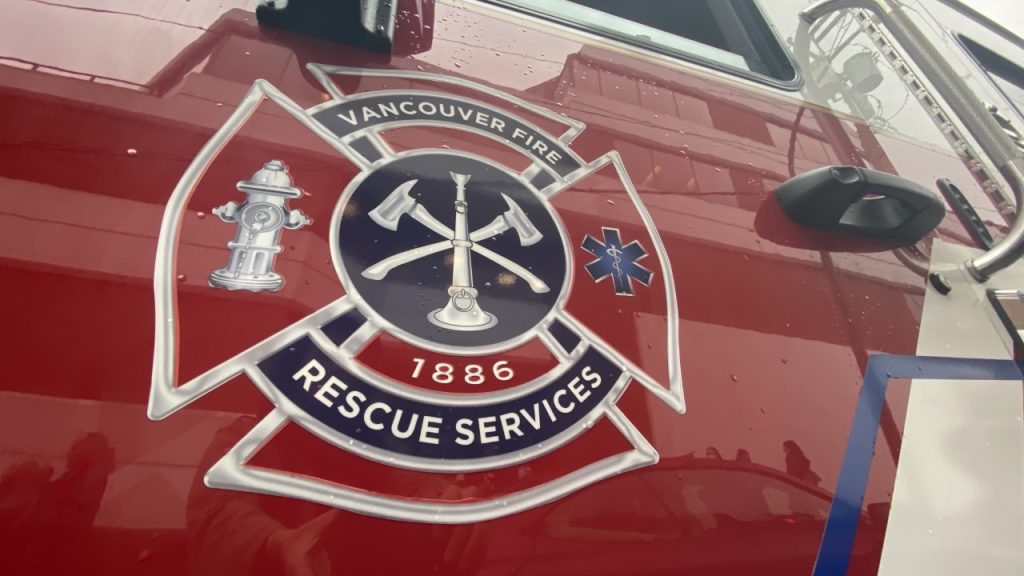Medical students call for doctor education on human trafficking
Posted August 26, 2022 10:43 pm.
Last Updated August 26, 2022 10:49 pm.
When she was 20 years old, Alexandra Stevenson was being trafficked by her then-boyfriend when she got into a car accident and was taken to hospital, she says none of the healthcare workers there realized she was in trouble.
“If someone had asked me about my bruises or the cuts I had, or, I at one point was told I was frantically saying, ‘I have to get out of here, I have to get out of here, I have to work, my boyfriend is going to be really mad. I have to go.’ That alone should have set off red flags.”
Stevenson says what healthcare workers saw “was a meth addict.”
Related Articles:
-
Vancouver vigil to honour lives lost to B.C.’s toxic drug crisis
-
Pet therapy program extends its paw to health care workers in Vancouver
-
First Indigenous president of the Canadian Medical Association begins term
“Because I did have drugs in my system, I just kinda got chucked in the throwaway pile of, ‘Well, this is just someone going down a bad path,” Stevenson told CityNews.
Now, there’s a new initiative to try to prevent what happened to Stevenson.
The Canadian Alliance of Medical Students Against Human Trafficking is calling on the Medical Council of Canada, which decides what medical students need to learn, to include questions in exams on human trafficking.
According to the Centre to End Human Trafficking, it is occurring at “shocking levels.” The organization says 90 per cent of victims and survivors are women and girls, 86 per cent are Canadian citizens, and just over 20 per cent are underage. Most cases aren’t reported to police.
Daniela Di Francesco, the national vice-president of Advocacy for the Canadian Alliance of Medical Students Against Human Trafficking and a fourth-year medical student at UBC, says studies show 88 per cent of victims come into contact with the healthcare system while being trafficked, but only 11 per cent of Canadian medical students are able to identify signs of human trafficking, such as injuries at different stages of healing or an overbearing companion.
“There is no formal education in medical students for future physicians to learn about human trafficking,” Di Francesco said. “Physicians are not necessarily equipped with the knowledge to be able to recognize what the potential signs of a trafficked person could look like in a clinical setting and are not equipped with the knowledge in terms of the supports that they could offer.”
Francesco says healthcare workers have an opportunity to intervene and recognize trafficked people, and to be able to provide them support.
In an emailed statement to CityNews, the Medical Council of Canada says it reviews examination content on a periodic basis to ensure it reflects priorities in Canadian healthcare. It adds it has been in touch with Di Francesco’s group and invited them to submit a proposal for consideration, which she’ll do next month.
“We are hopeful that this is a good time to bring this to their attention and to have some palpable change,” Di Francesco said.
Stevenson is optimistic about the ability of healthcare workers to offer interventions.
“If all of those healthcare workers had the ability and the knowledge to ask the right questions, spot things that might be happening, offer resources, can you imagine how much we might be able to lift victims out of their situation?” she said.








